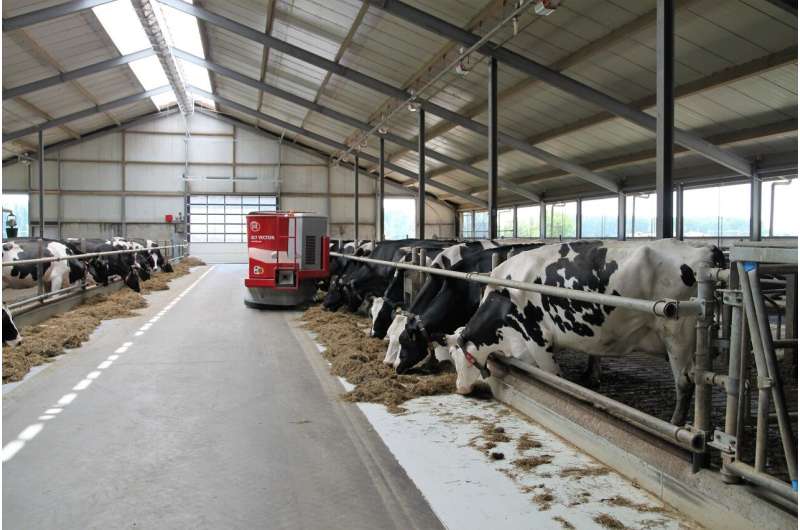Next-Generation Animal Vaccines as Precautionary Tools Before Disease Outbreaks

Discover how innovative mRNA animal vaccines are revolutionizing biosecurity, offering rapid and safe protection against zoonotic diseases like foot-and-mouth disease to safeguard livestock industries.
In a significant advancement in animal health safety, recent developments have produced a new breed of vaccines that could serve as proactive measures against infectious diseases in livestock. The first mRNA vaccine targeting foot-and-mouth disease (FMD) was developed in less than 18 months, showcasing the rapid capabilities of synthetic vaccine technology. Unlike traditional vaccines that rely on weakened or inactivated viruses, mRNA vaccines are fully synthetic, sterile, and safer to produce. This technology, which played a crucial role in combating COVID-19, involves the delivery of man-made RNA that encodes a virus protein fragment. When administered, this RNA prompts the animal's immune system to recognize and respond to the actual virus effectively.
The vaccine aims to act as an emergency safeguard, especially given the proximity of FMD to Australia—where strict biosecurity protocols currently keep the disease at bay. If introduced, FMD could wipe out livestock industries, as evidenced during past outbreaks in Europe, where millions of animals had to be culled. The new nanoparticle-based mRNA vaccine, developed through collaboration between the UNSW RNA Institute, NSW Department of Primary Industries, and biotech firm Tiba Biotech, offers a safer alternative to traditional virus-growing methods, eliminating risks associated with actual virus handling.
Preliminary trials in Germany, where FMD is already present, indicated that vaccinated cattle remained healthy when exposed to the virus. The current focus is on scaling up manufacturing and ensuring the vaccine meets Australian regulatory standards, with initial use intended for emergency response to contain potential outbreaks. The vaccine can be produced in large quantities, making it feasible for mass immunization campaigns.
In addition to FMD, the vaccine project targets other serious diseases such as lumpy skin disease—an ailment that causes painful sores and significantly impacts animal welfare and trade. Introducing mRNA vaccines into agriculture heralds a new era in disease control, promising faster, safer, and more effective responses to biosecurity threats.
Looking forward, experts see potential for broader application of mRNA technology to prevent regular disease outbreaks in livestock, including bird flu and swine viruses—diseases that can mutate and threaten both animal and human health. Although cost remains a barrier initially, ongoing research and technological improvements are expected to make mRNA vaccines more affordable in the future, fundamentally transforming disease prevention strategies in agriculture. This proactive approach aims to protect economic interests, livelihoods, and food security, ensuring Australia remains resilient against emerging animal diseases.
Stay Updated with Mia's Feed
Get the latest health & wellness insights delivered straight to your inbox.
Related Articles
Atrial Fibrillation Treatment: Catheter Ablation Reduces Long-Term Risk of Stroke and Heart Failure
Catheter ablation for atrial fibrillation significantly lowers the long-term risk of stroke, death, and heart failure hospitalization after the initial 30 days, offering a promising intervention for better cardiovascular health.
Innovative Research Seeks Clues to Autoimmune Disease Affecting Bile Ducts
New research investigates the immune mechanisms behind primary biliary cholangitis, a severe autoimmune disease that damages the bile duct network, with implications for understanding autoimmune diseases and gender disparities.



